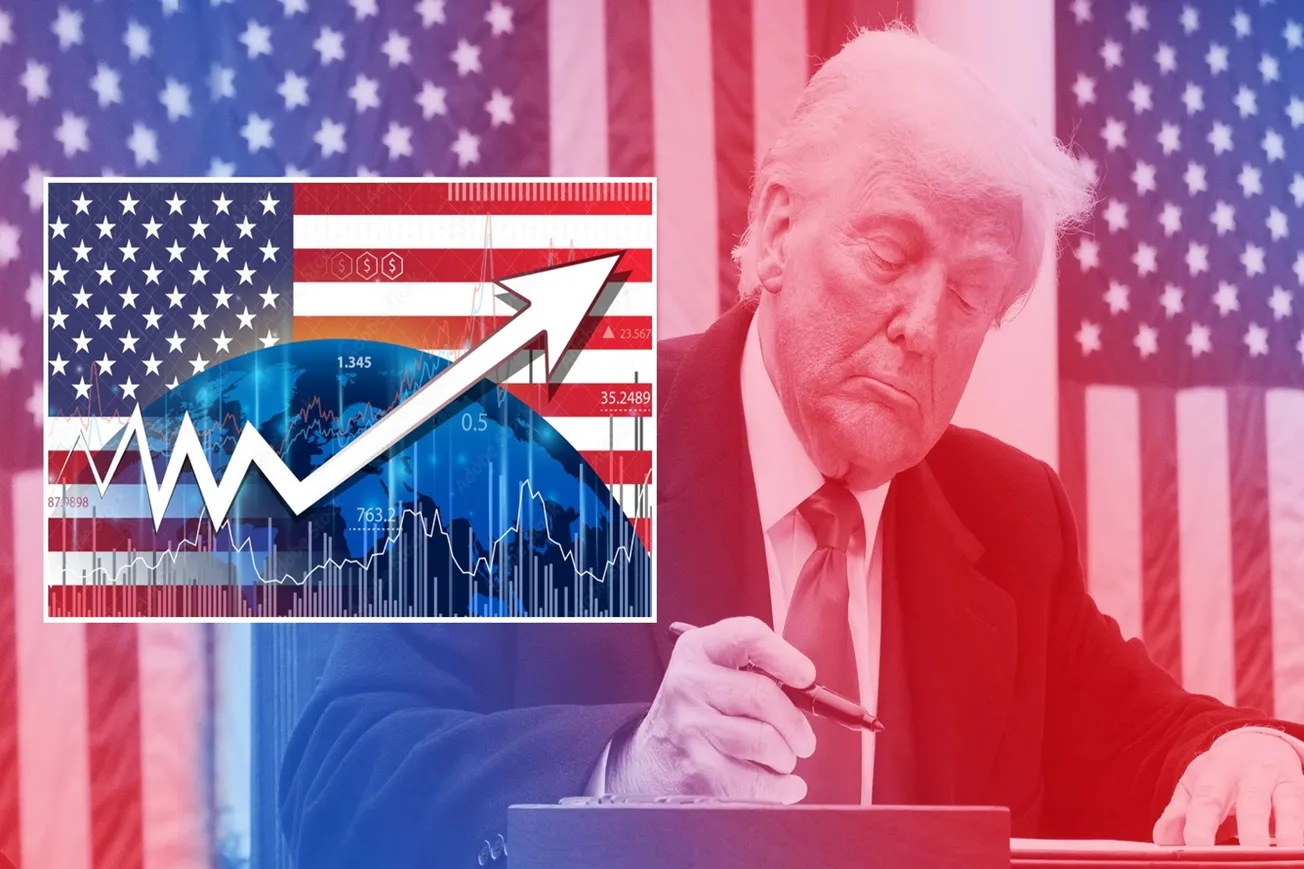Table of Contents
A stunning jobs report out of Washington is delivering a jolt of optimism for the U.S. economy under President Donald Trump.
The U.S. economy added 147,000 jobs in June, surpassing economists’ expectations of 110,000, according to the Department of Labor’s report released Thursday.
The unemployment rate fell to 4.1%, down from 4.2% in May, defying forecasts of a rise to 4.3%.
Revisions to prior months bolstered the outlook, with April’s job gains increased by 11,000 to 158,000 and May’s by 5,000 to 144,000, adding a combined 16,000 jobs to earlier reports.
Private sector payrolls grew by 74,000, below the 105,000 projected by LSEG economists, while government payrolls expanded by 73,000, driven by state government hiring in education (+40,300) and local government education (+23,200).
Federal government jobs, however, contracted by 7,000, continuing a decline of 69,000 since January.
The manufacturing sector shed 7,000 jobs, exceeding the expected loss of 5,000, while healthcare added 39,300 jobs, primarily in hospitals (+16,100) and nursing facilities (+14,400).
Social assistance contributed 19,400 jobs, with individual and family services leading (+15,600).
Construction added 15,000 jobs, and leisure and hospitality gained 20,000, with smaller increases in retail, IT, financial services, and utilities.

Wages are another bright spot in this report, with workers seeing real gains in their paychecks.
Average hourly earnings rose 0.2% from May and 3.7% year-over-year, well above inflation, giving Americans more purchasing power.
For production and nonsupervisory employees, earnings climbed 0.3% in June.
But not everyone is feeling the boom – long-term unemployment spiked, and manufacturing continues to struggle under the weight of Trump’s tariffs.
Eric Teal, chief investment officer at Comerica Wealth Management, points to immigration as a key driver of labor supply, suggesting it could keep unemployment low but push wages higher, complicating the Federal Reserve’s fight against inflation.
"Immigration has been a big part of the labor supply and as these demographics shift, we anticipate the unemployment rate to continue to ratchet lower with the potential to put upward pressure on wages," Teal noted.
Meanwhile, Cory Stahle, an economist at Indeed Hiring Lab, warns that the job market’s strength is concentrated in just a few sectors, leaving many job seekers out in the cold.
"The U.S. job market continues to largely stand tall and sturdy, even as headwinds mount – but it may be a tent increasingly held up by fewer poles," Stahle said, as Fox Business reports. "The headline job gains and surprising dip in unemployment are undoubtedly good news, but for job seekers outside of healthcare and social assistance, local government, and public education, the gains will likely ring hollow."
The labor force participation rate held steady at 62.3%. Long-term unemployment (27 weeks or more) rose by 190,000 to 1.6 million, accounting for 23.3% of the unemployed.
Part-time workers for economic reasons remained stable at 4.5 million, while multiple jobholders increased by 282,000, representing 5.4% of the workforce.
The Federal Reserve’s outlook for interest rates remained unchanged, with the CME FedWatch tool showing a drop in the probability of a July rate cut from 23.8% to 6.7% after the report.

The economy under President Trump is proving to be a stark contrast to the challenges Americans faced under the Biden administration. Under Biden, we were crushed by inflation, robbing your paycheck blind. You couldn’t buy groceries without taking out a loan.
From 2021 to 2023, the post-COVID recovery saw explosive job growth, averaging 400,000 jobs per month, as businesses scrambled to rebuild after lockdowns. But by 2024, that pace slowed to 168,000 jobs monthly as the Federal Reserve’s 11 rate hikes in 2022 and 2023 curbed demand.
Inflation soared under Biden, peaking at 9.1% in June 2022, eroding wages and squeezing families. In contrast, Trump’s economy is delivering 3.7% wage growth—above the Fed’s 2% inflation target—and a 4.1% unemployment rate, lower than the 4.7% average in Biden’s final year.
While Biden’s policies leaned heavily on government spending, fueling inflation, Trump’s tariffs aim to boost domestic industries, though they’ve sparked uncertainty and manufacturing losses.
Economists warn tariffs could raise prices, but so far, the labor market is shrugging off the pressure, with hiring outpacing expectations and wages climbing.
Trump’s tariffs have introduced uncertainty, with manufacturers reporting hesitation in decision-making, contends Susan Spence, chair of the Institute for Supply Management’s manufacturing survey committee.
She said, "That whiplash has to stop and it has to stay stopped."
Despite these concerns, the economy has avoided the recession many predicted, with employers adding an average of 130,000 jobs per month in 2025, down from 168,000 in 2024 but resilient amid trade and policy shifts.
The June jobs report paints a complex picture: a labor market defying expectations with strong hiring and wage growth, yet grappling with trade uncertainties and uneven gains across sectors.
As President Trump’s policies reshape the economic landscape, the question remains whether this resilience can hold.





